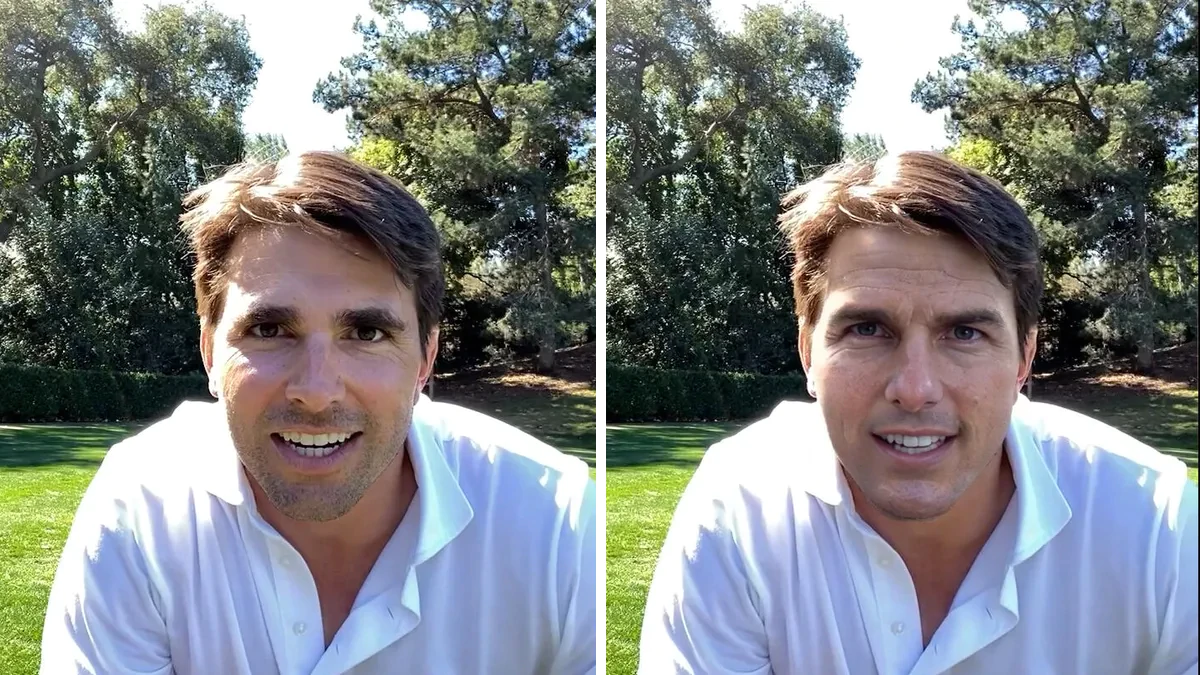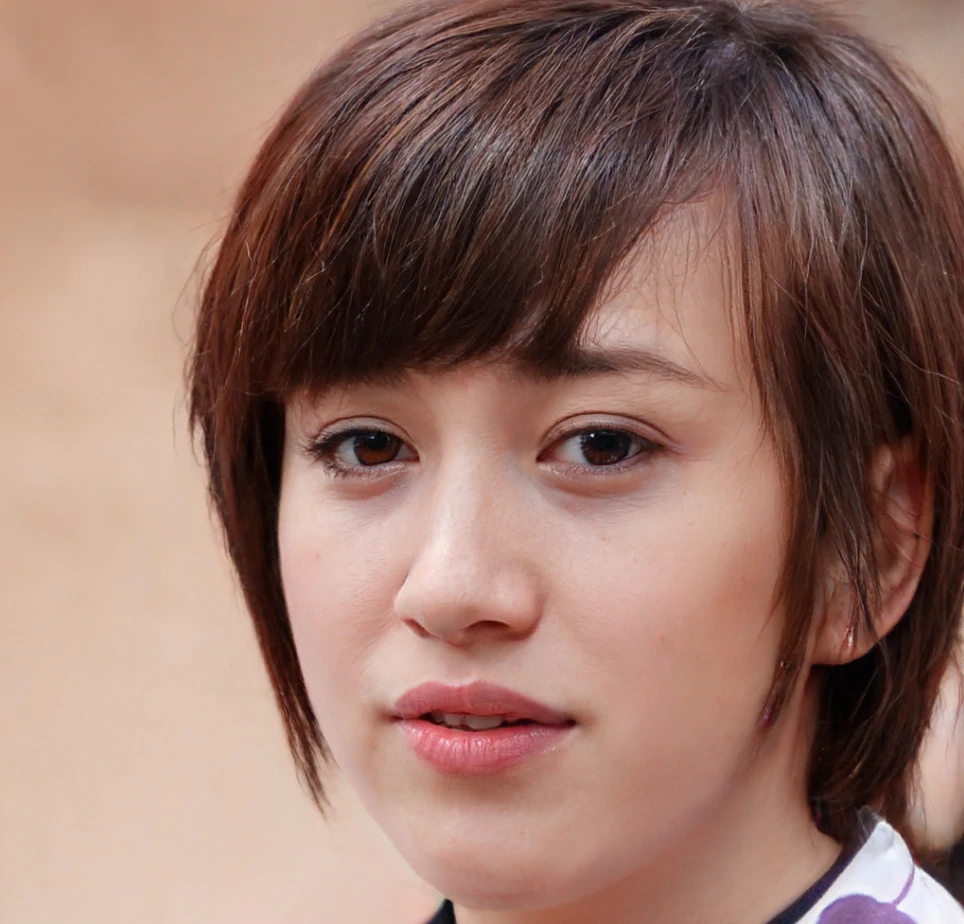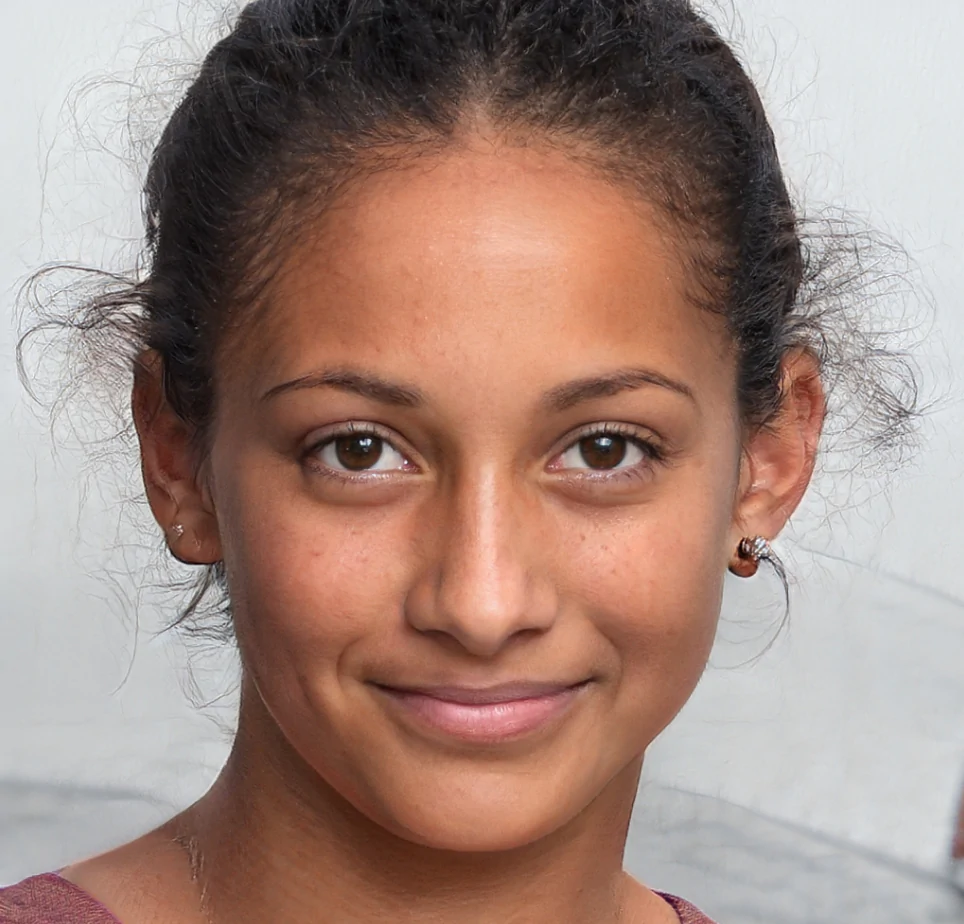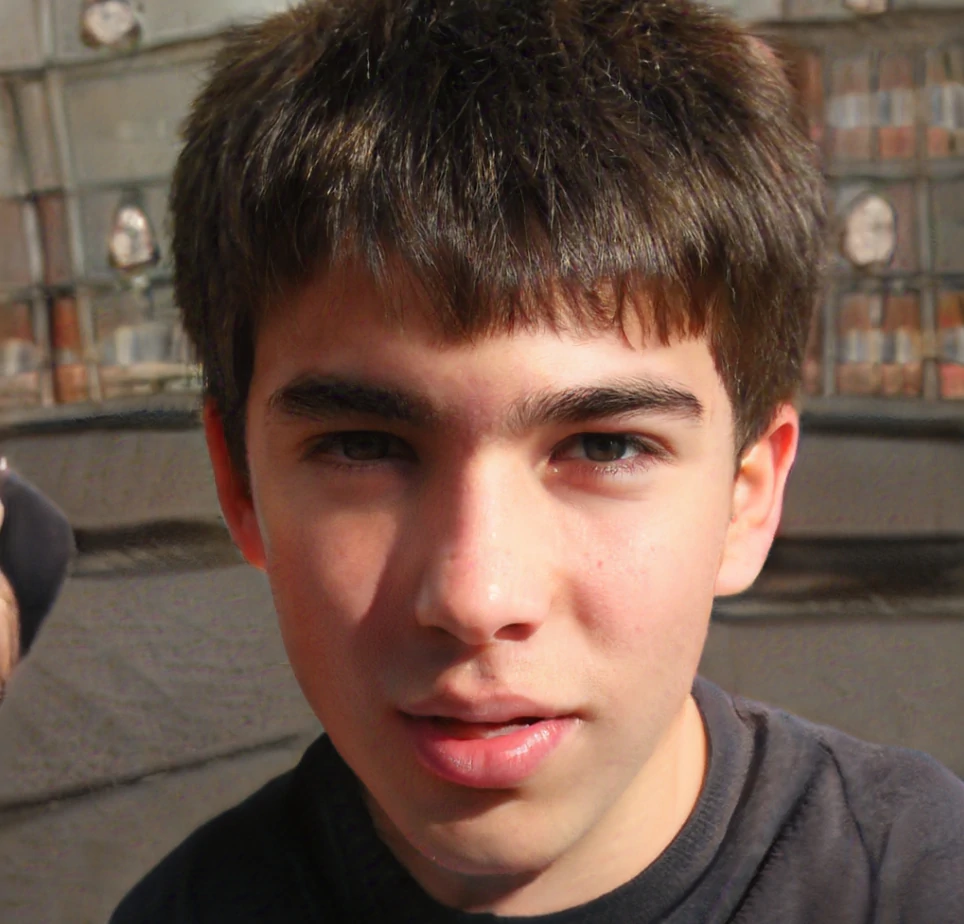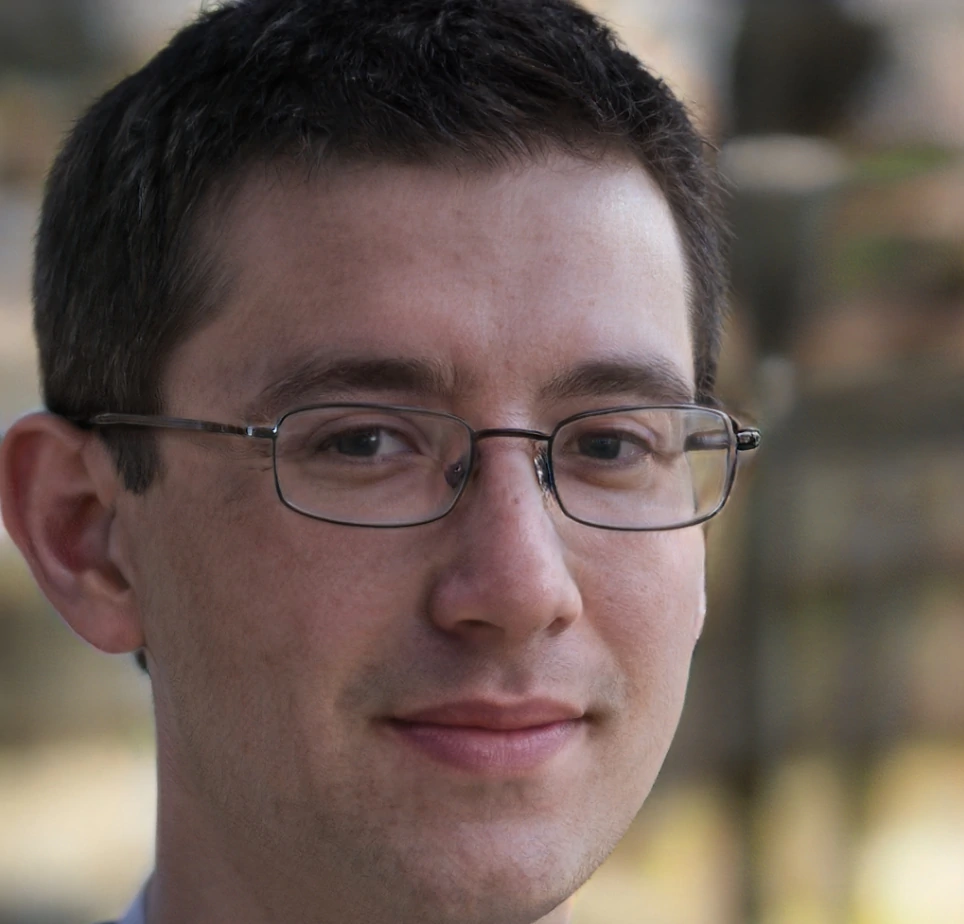The boundaries between fact and fiction blurs with the advancements of AI.
Thanks to the technology, the creation of things that don't exist is no longer the privilege of Hollywood and some giant movie studios. With AIs, the technology is providing the ways for people to fake imagery, and the implication is terrifying.
With computers becoming more capable and AI becoming more advanced, deepfakes have become a public concern. Introduced by a user on Reddit, the technology has evolved far faster than many people have anticipated.
For example, deepfakes have been used to put Hollywood celebrities' faces on porn star bodies, making politicians and public figures telling what they're not suppose to tell, creating revenge porn and many more.
With the advancements of technology, the deepfake hype opened the doors to welcome AI generators.
With the technology, it's difficult to tell whether something is real or fake, and if something was created by a human or a machine.
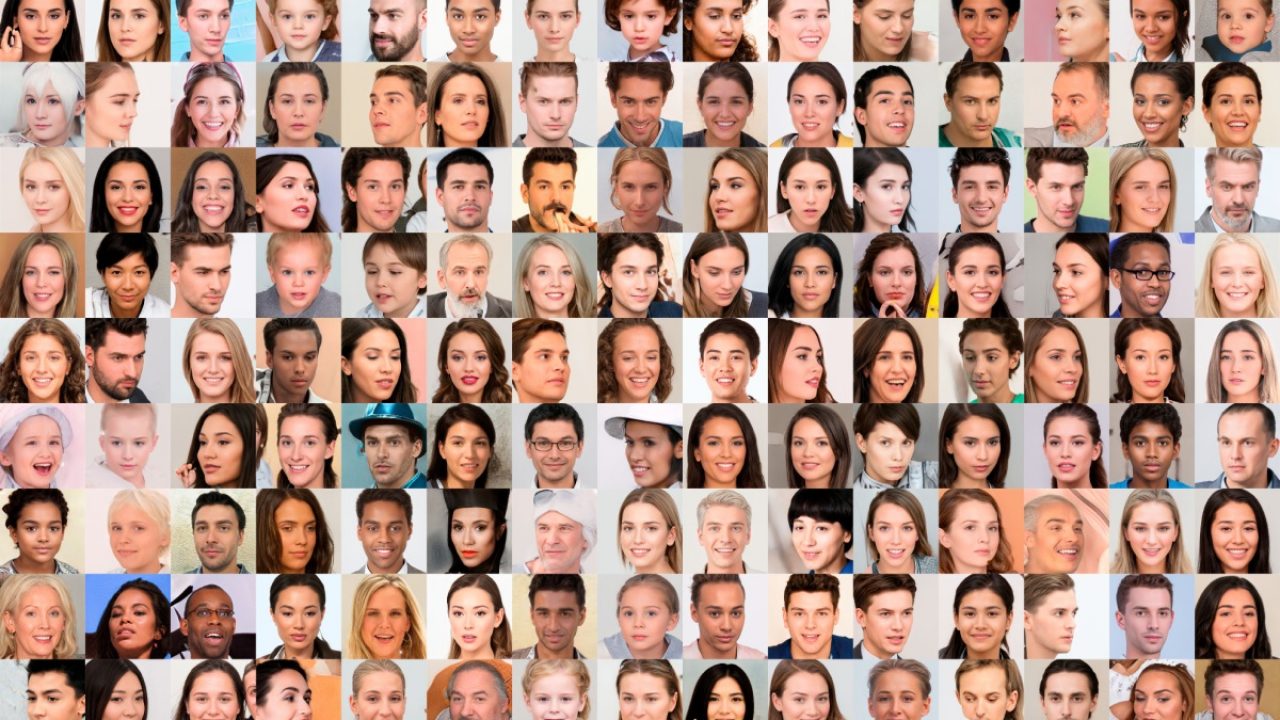
In general, AI-generated images look procedural.
For example, there can be some visible swirl-like patterns. Whereas real photography and human-made arts tend to have details showcased when they're needed the most, AIs tend to process everything indiscriminately.
What's more, AI-generated images tend to have lower resolution, and lack some details.
The hair for example, is sometimes the most difficult thing to artificially generate. In real life, even the most perfect hairdo made by the best of the best hairstylists will leave stranded hairs here and there. These hairs follow irregular patterns, and viewers should know how they are located due to the roundness of the human head.
AIs don't know this.
While AIs can create surreal, and abstract landscape images that can convince almost anyone, AIs can have a hard time generating complex and realistic imagery.
In more details:
Read: How To Easily And Quickly Spot Deepfake Whenever You See One
- Messy hair. AIs typically create hair in lumps as if it's painted, create random wisps around the shoulders, and create thick stray hairs. Hair styles have a lot of variability, but also a lot of detail, making it one of the most difficult things for AIs to understand.
- Text is indecipherable. Because AIs trained to generated faces that don't exist are trained extensively on human faces, not text or background images.
- Background is surreal. Some AIs just seem to create general background-like-textures rather than "real" background scenes.
- Asymmetry. The eyes and the eyelashes, the nostrils, and the ears and earrings may look asymmetrical, pointing to the different direction, or not using the same color.
- Weird teeth. AIs tend to have a hard time generating multiple semi-regular repeating details of teeth.
- Skin pores and sweat. Sometimes, AI-generated results follow a consistent way for generating the skin, which makes pores too identical, or lack thereof. And sometimes, skin is too dry that it looks like paper.
- Inconsistent shadows and light refraction. Lighting creates shadows, and sometimes, AIs can make mistakes when placing the shadows. The easiest way is when the subject wears glasses.
- Non-stereotypical gender presentation. Sometimes AIs simply don't understand the differences between male and female, that they merge the two together, or lack thereof. AIs don't learn categories and binaries of human social the way humans do.
- Color noise and color bleed. Sometimes Ai create noise when generating images, and may even create multi-hued clothes or skin when they're not supposed to.
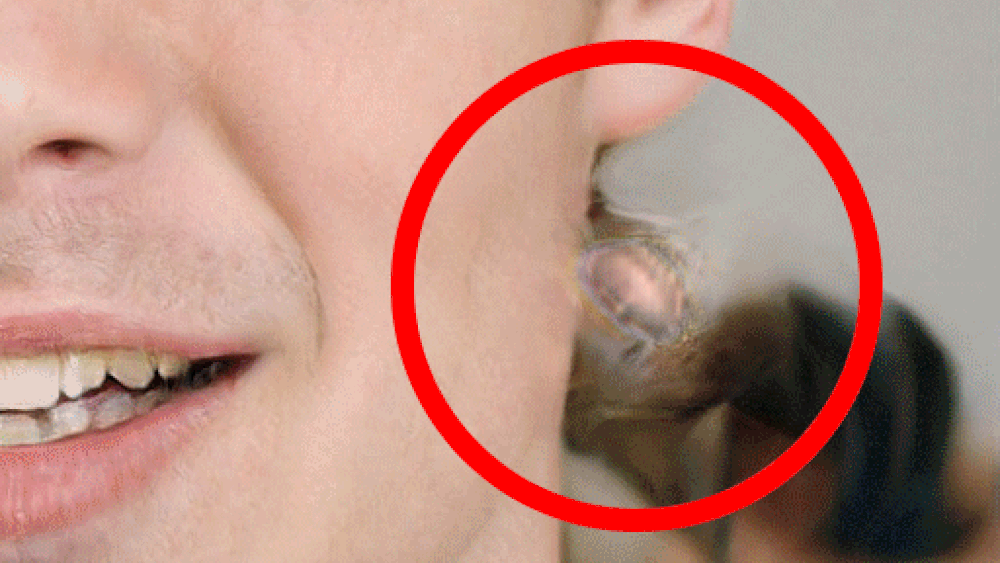
While more modern AIs are trained to be be better than their predecessors, none managed to completely remove the weaknesses.
In one way or another, the AIs make mistake that is distinguishable.
This can happen because AIs see the world in a different way than humans, and that they don't really understand what's what.
As a result, lots of the AI-generated images still have that uncanny feeling when seeing them. While some can be perfect, some can have blurs and bizarre effects that no real imagery would have.
And sometimes, starring at those lifeless eyes reflect emptiness, simply because the reflection within them aren't real.
Among other reasons, this is why some deepfake creators use AIs to only make subtle changes. With minimal alterations, they can keep the flaws to a minimum, and give the AIs a higher change to execute the job brilliantly.
In the end, the chances to spot the fakery becomes more difficult if the person asked doesn't know that the image is fake in the first place.
